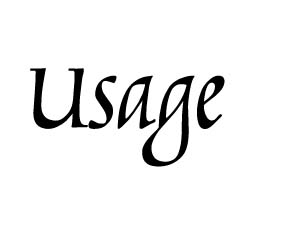Most of the authorities that Webster's cites to support the use of "both" as a conjunction introducing more than two objects are fairly old: Webster's Dictionary of English Usage cites Chaucer ("O chaste goddesse of the wodes grene,/To whom bothe hevene and erthe and see is sene"), Coleridge ("He prayeth well, who loveth well/Both man and bird and beast"), and several other sources (from 1523, 1782, 1914, and 1946). But WDEU had trouble finding recent examples of this construction, which suggests to us that whatever popularity it may have enjoyed in elder days has been largely extirpated in recent decades by ruthless hordes of copy editors like us. If practically no one uses a word in a particular sense anymore--and if that sense is at odds with its meaning in mainstream usage--what is the point of insisting on the legitimacy of its pedigree?
Here's a case in point. Webster's Tenth offers as its first definition of
the verb "doubt" the following: "1. archaic a: FEAR b: SUSPECT."
This is useful information when you come across a sentence like this one
from Gulliver's Travels:
"He doubted it would be impossible for me to swim to another country,
and therefore wished I would contrive some sort of vehicle resembling those
I had described to him, that might carry me on the sea; in which work I
should have the assistance of his own servants, as well as those of his
neighbors."
But the archaic tag seems likely to discourage modern writers from using
"doubt" to mean what Swift intended here--a meaning diametrically
opposed to the word's common modern sense of disbelieve or imperfectly believe.
Webster's Collegiate Dictionary has this to say about its application of
the word "archaic" as a usage label: "The temporal label
'archaic' means that a word or sense once in common use is found today only
sporadically or in special contexts." So why doesn't Webster's label
the conjunction "both"--when used to introduce three or more objects--archaic?
